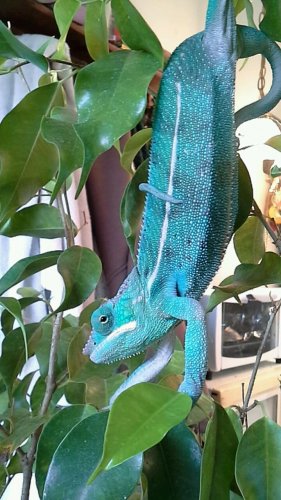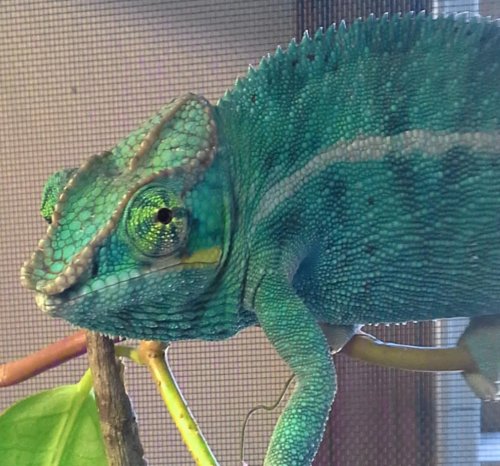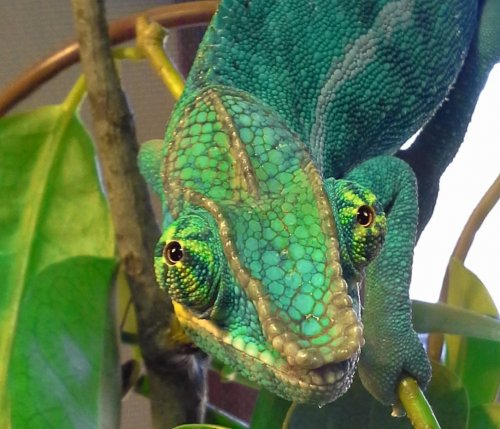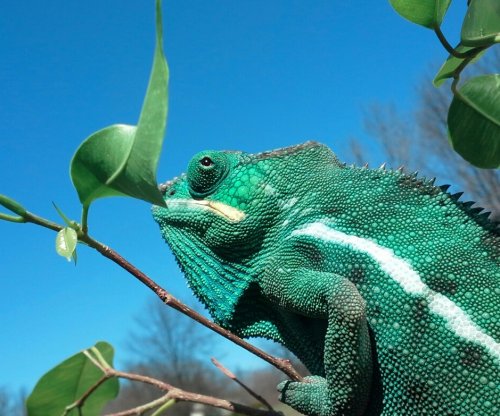RachelLane95
New Member
My name is Rachel, I am a student studying Animal Management at College. In my final year I am required to complete a research project on a subject of my choice.
Due to my passion for chameleons I have decided to investigate the stimuli that cause chameleons to change colour.
For the final part of my project I am required to collect information from other owners about what causes their chameleons to change colour and what colours/patterns they display. I.e.When being handled do they go dull colours or display patterns.
Information on their colour changes during handling, feeding, spraying, change in environment or contact with other chameleons would be absolutely brilliant.
I would be grateful for any information that anyone could share.
Many thanks.
Due to my passion for chameleons I have decided to investigate the stimuli that cause chameleons to change colour.
For the final part of my project I am required to collect information from other owners about what causes their chameleons to change colour and what colours/patterns they display. I.e.When being handled do they go dull colours or display patterns.
Information on their colour changes during handling, feeding, spraying, change in environment or contact with other chameleons would be absolutely brilliant.
I would be grateful for any information that anyone could share.
Many thanks.








